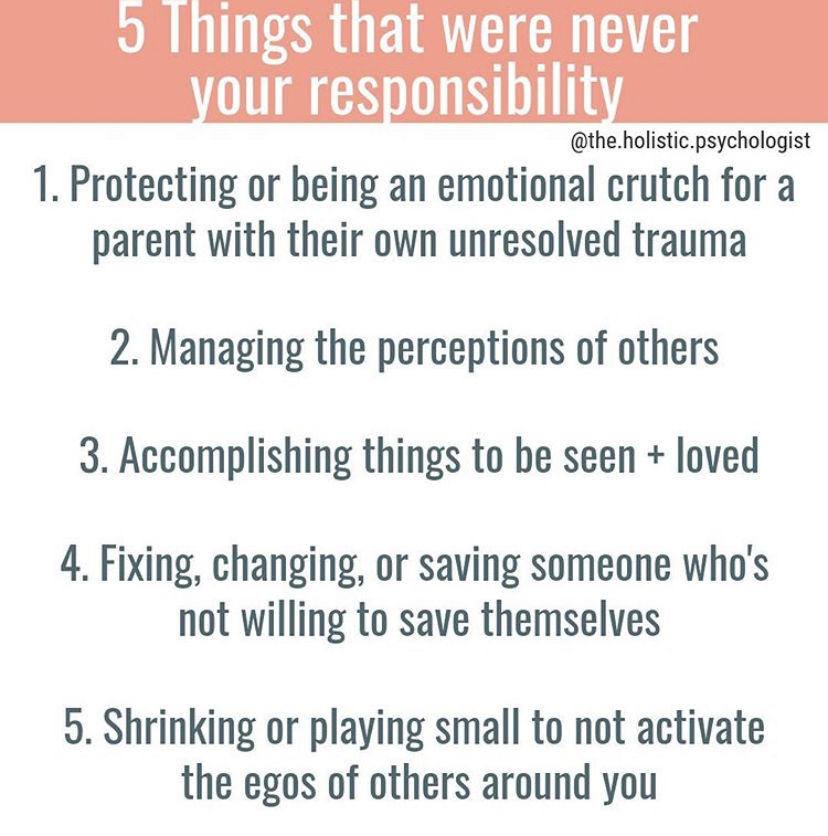
How to Create an Editorial Calendar for Your Author Platform: An Ode to January’s Creative Energy
January’s energy is clean, decluttered, and empty. There’s a comforting void in the absence of excess. I think the quietest hour of the year comes in winter, even when there is no snow. We sleep. Hibernate. Ruminate. Eat warm stew and drink hot toddies. Undecorate. One of my favorite things to do is take down Christmas and replace it all with barrenness and white bowls full of yellow lemons. I love a fresh start and the dawn of a new morning, the concept of a year-long day without mistakes.
The concise container of a calendar year helps me focus on new endeavors. I lean into renewal: I’m thinking, concentrating, and planning. All my new ideas need time in the darkness. There are new calendars, new planner pages. Editorial spreads and ideas––not all of them good or reasonable or smart. I need time to evaluate and sort them out.
Sometimes I realize ideas are my Crack. Ideas are addictive distractions that take me off in exhilarating directions, as anyone who’s watched me leap off in pursuit of a candy-sweet new idea can attest. I WANT TO DO ALL THE THINGS. And plenty of analytical left-brained time management systems reassure me that yes, I can do all the things.
But January brings clarity. Ideas that seeped into my celebrations now have air and light to breathe. The countertops in the kitchen reflect bare winter sunshine and the skeletal shadows of trees lay across my walls. It gives me room to think. I’m tired. I’m a creative who gets burned out. I can not do all the things.

I crave naps. I crave completing things.
To finish what I began.
To reach the end.
Then, take a rest.
I want to complete the work for completion’s sake. For the work’s sake.
And not to validate my worth.
I guess I do that? Create and accomplish to prove I’m worth loving? It’s the heart of people-pleasing, especially for anyone recovering from trauma and abuse. Understanding that at least part of your motive for creative expression and production is to be worthy of love is an aha not easily swallowed.

My goals for 2020 are book and art-related. When I’m finished with my works in progress, I’m going to take that as a cue to rest. Vacation. Relax. Renew, before leaping into the next thing. I’m going to allow my cup to feel full. I’m going to savor the satisfaction of having finished things.
Maybe you can relate. If you are a fellow creative and writer, I know you recognize the struggle.
We’re possessed of a creative drive. We make things. And then, we must balance the promotion of said things. Commerce. Business. But we must do so in a way that doesn’t take away from the creativity. And here’s where we start eating our tail. We’re a cycle and its exhausting.
In order to actually finish things, and tend to neglected things, and not just dream and procrastinate on areas you want to address but never seem to get to, you need a plan. You need what’s called an Editorial Calendar.
There a lot of resources online for these, specially designed for businesses and marketing teams. I’ve used them professionally but it’s been a long time since I considered one for my own little projects. A to-do list has usually sufficed. But, in keeping with my resolutions (napping), I wanted to be more intentional with my content this year. I wanted accountability to actually get my intentions done. I wanted to be reasonable in setting expectations for myself. I wanted my messaging to align with the work I’m doing and to create content that would be useful to readers following a theme.
The best way to accomplish all of it? I used Free Trello.
How to Make an Editorial Calendar:
Step One: Create a Board
I started by creating a board for my “brand”. Is an individual a brand? Writers need to be. You aren’t the same as other writers and what you create is unique and distinctive. Branding is just another way of differentiating your work from others. My first board contained my frequent hashtags, the themes in my WIP, and my platforms: website, FB Page, Insta, art website, and newsletter. I set intentions for each and stated how I use each one different than the other. I included my color palette and ideal posting frequency + type of content.
Step Two: List Your Major Projects
Next were lists of steps I need to bring 3 endeavors to completion:
1. The intake process for the Lovey Project
2. My website redesign
3. Novel Marketing Plan
Each one requires articulated steps, dependencies that are easily drag and dropped into the right order. If you have a large project like any of these three, I recommend doing a brain dump of every step you can imagine being necessary to get to DONE. These steps all take time and that time consideration will matter in the planning of your year.
*Tip: Create a DONE list. It will be empty for now but as you move through the year, you can drag or move items on your list over to the DONE list.
Step Three: Plan Your Year Ahead
12 lists, one for each month of 2020. I assigned each month a topic based on my hashtags and book themes. Religious Trauma is the spine of my novel and it’s the hashtag where I spend most of my time on Instagram, relating to others, gathering encouragement, becoming part of a tribe of healers and the healing. So, every other month, my blog is going to focus on religious trauma as a theme. The in-between months feature related topics. I’m also part of several writing communities and we all share tips and resources; I dedicated one month to all things writing, aimed at other writers.
Not sure where to start with this? Don’t get discouraged. Finding your nexus of topics isn’t easy. But a good place to start is what topics you engage with others over. It’s not necessarily your favorite talking point! There’s lots I like to talk to about that my readership isn’t interested in from me. Start with human interest: what do others come you to discuss? From there, move to analytics. What do your blog stats say about your most trafficked topics?
If you have a book or a course, what’s it about? List five hashtags that are used to find related content. From there, brainstorm the side topics that would come up at the table if ten of your biggest fans met for tapas.
Step Four: Brainstorm Your Posts
Having a topic provides a jolt of clarity. Topics become keywords to build out. There are also topic generators online, once you have your topic keyword. For me, brainstorming blog topics came easily once I got to this point.
- Each topic resulted in four post ideas (an improvement over none for my ill-nurtured blog).
- Each month’s theme offers a complementary focus for IG stories and posts.
- The boards helped me reign in my ideas and make sure I’m not planning more content than I can realistically create.
From there, I was able to drag and drop tasks from my 3 big projects into the first six months. Now, I have a monthly Agile Sprint to work towards. Each month I’ll be making progress towards completion, instead of waiting “until I have time.”
I’ll check back in January 2021 to see how this worked. Hopefully, I’ll have a fat DONE list to savor. I’ll have completed it and rested. I’ll have cleared and created space for new projects instead of just lumping more on to more and feeling like I’m always behind. I’ll have consistently delivered content that’s relevant and useful. This is my challenge to myself. What’s yours?
Leave a Reply
You must be logged in to post a comment.

